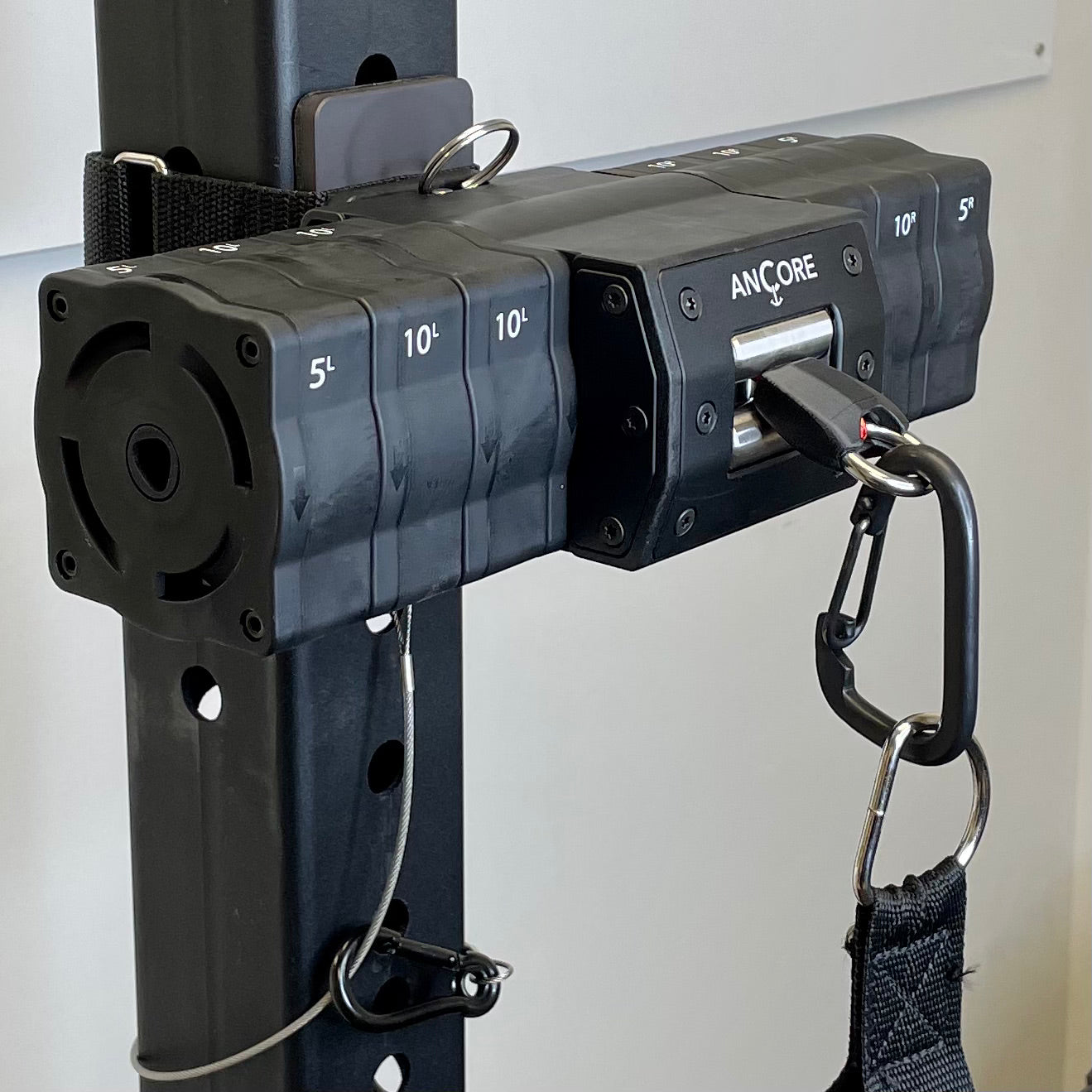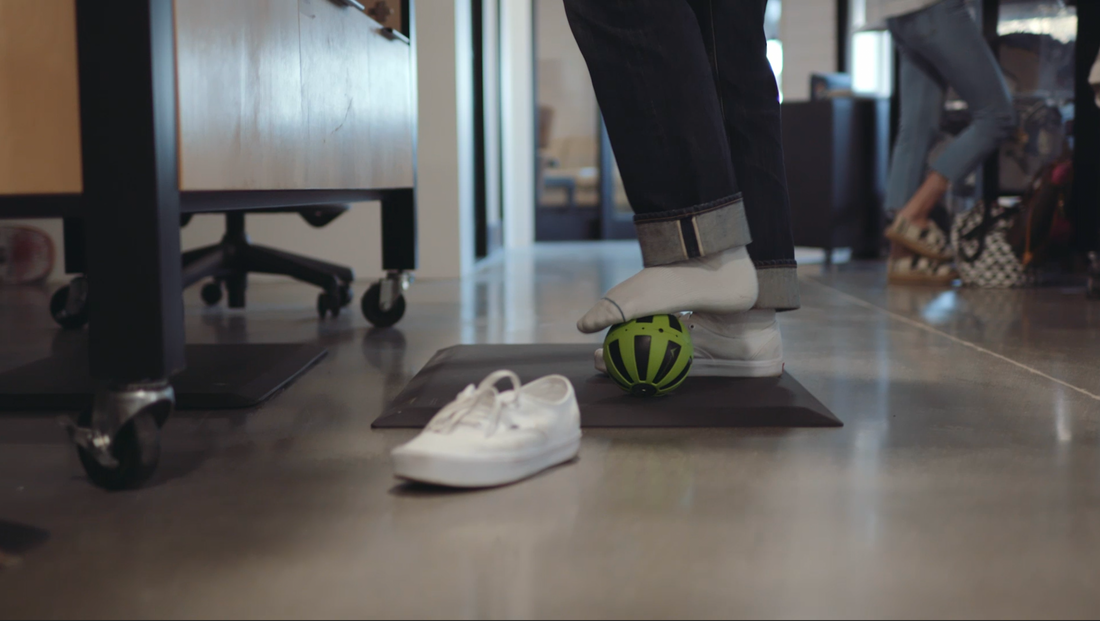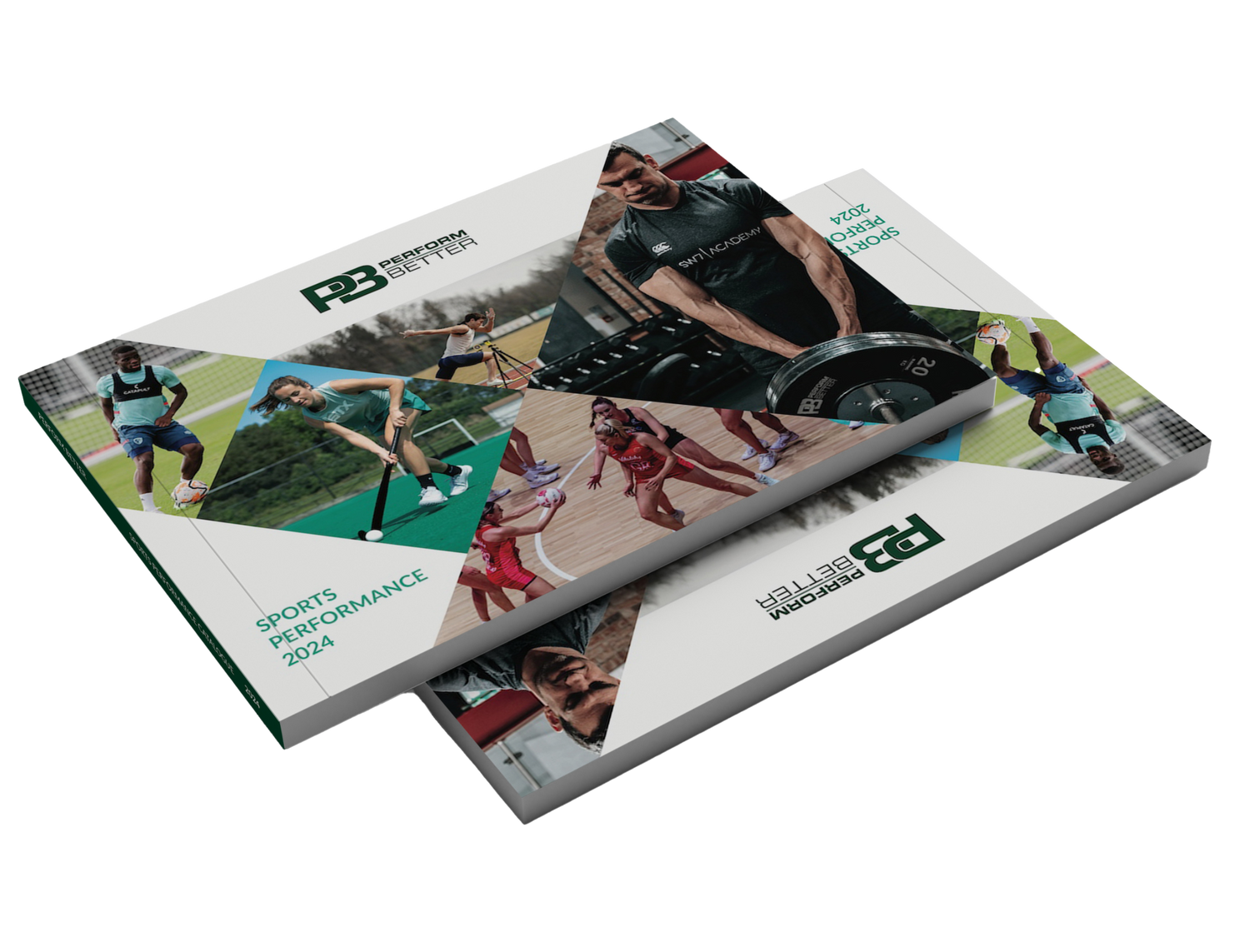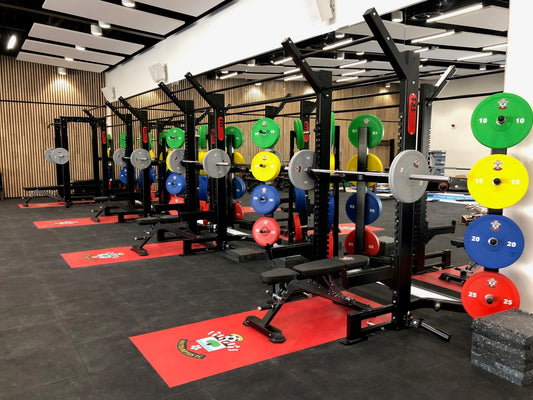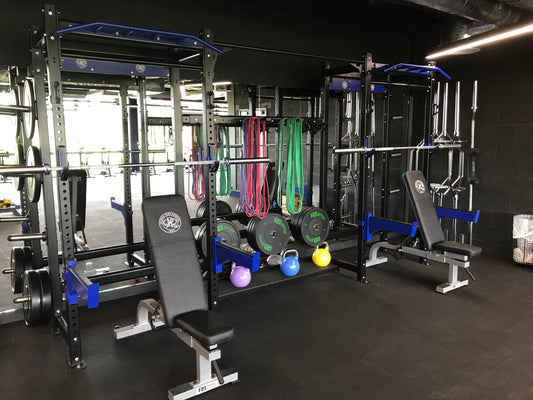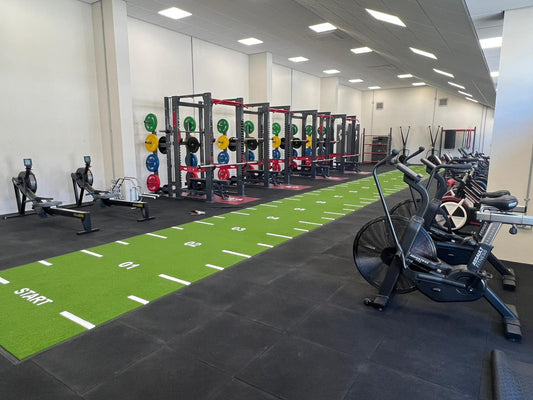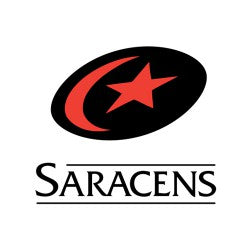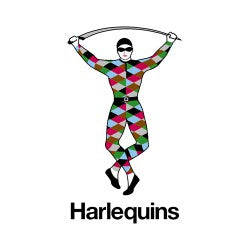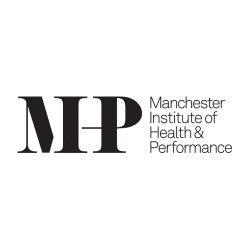The Work Colleague Of The Future report issued last autumn was accompanied by a life-sized model showing what office workers might look like in 20 years. Named Emma, the figure had a permanently hunched back, varicose veins, eczema, sallow skin, red eyes and a protruding stomach.
While perhaps an exaggerated portrayal of the possible future of humanity, the widely publicised images of the haunting doll are a wake-up call both to employers and employees on the long-term effects of sitting at a desk, staring at a screen, and failing to manage stress and find a healthy work-life balance.
A new approach to wellbeing
A holistic approach to workplace wellbeing is vital to ensure we remain happy, healthy and productive. Although a supportive corporate culture is the most important aspect of workplace wellbeing – a bullying boss is top of the list for causes of ill health in the workplace according to a variety of studies – good office design, backed up by a carefully curated selection of amenities, can boost health and happiness for employees in the workplace.
Attract the talent you want
And with growing competition to attract talent, organisations are increasingly focusing on improving their working environment. One survey found 93% of tech workers said they would stay longer with a company offering options such as wellness rooms for yoga-meditation and healthy eating options than with those that don’t.
The World Green Building Council has devised seven categories to use in promoting workplace wellbeing: Air – improving air quality; Water – maintaining hydration; Nourishment – providing healthy eating options; Light – boosting natural light and improving artificial light; Fitness – encouraging physical activity; Comfort – using ergonomically designed furniture and layouts, and Mind – improving mental health.
Obstacles to productivity
Poor air quality, whether from poor ventilation leading to higher carbon dioxide levels, high concentrations of indoor pollutants or too high or low temperatures and humidity, has a major impact on productivity. In some locations, outside pollution can be an issue requiring filtered air. However, where this is not an issue, the simplest solution could be just opening windows or encouraging workers to have meetings or take their laptops outside.
The Future Works, a new office building in Slough, for example, has a Wi-Fi-connected roof terrace with tables and benches designed for working outdoors, as well as space for socialising and wellness activities such as yoga sessions.
Providing easy access to chilled water and promoting healthy food, such as nuts and fruit rather than sweets, can also encourage staff to make better choices.
How to fix it
Correct lighting has a positive impact on eyesight and mental health. Researchers found being within 10ft of a window decreases eyestrain by 84%. An experiment with 124 employees conducted by international real estate advisor, CBRE, and the University of Twente, VU Amsterdam, revealed artificial lighting attuned to our circadian rhythms boosted task performance by 18%. Morning lighting used warmer colour tones and brighter afternoon lighting mimicked light changes during the day.
Encourage movement
Encouraging movement and physical activity is also important, with sedentary lifestyles blamed for growing instances of type 2 diabetes and cardiovascular diseases. Well-located and attractive staircases, secure cycle storage and showers to encourage active commutes, and on-site gyms and yoga studios can all make staying active easier for office workers. Setting up lunchtime walking or running groups and giving staff the option of flexible working hours or taking a longer lunch break once a week can also make it easier to catch gym classes or do other exercises during the working day.
Breakout zones, standing desks, ergonomically designed furniture and correct set up of computers and chairs can all help avoid staff being sat in one place for too long, minimising health problems such as back pain.
Make your workplace happy, healthy and productive
There is a strong correlation between physical and mental health and wellbeing. Yoga and other exercise have been shown to reduce stress and increase productivity. CBRE reported that staff in Sweden pioneering a regime of taking yoga, weekly massages and controlled naps improved their performance by 30%.
Everything from ceiling heights, colour, layouts and even access to nature has an impact on mental wellbeing. Dr Oshin Vatania, of the University of Toronto-Scarborough, discovered people feel mentally stimulated by rooms with high ceilings.
Translated to offices, the trend is increasing headroom by removing suspended ceilings, leaving ventilation and other service pipework and cabling open. Biophilic interior design, bringing nature indoors, has also been shown to boost mood, with bringing plants into working areas improving task performance by 10%.
With people spending on average a third of their life at work, both employers and employees are waking up to the importance of a high-quality working environment that prioritises staff wellbeing. With consideration of design and amenities, and the adoption of technology to enable us to work effectively from almost anywhere, the workplace of the future can be a dynamic, attractive place that contributes to our wellness, health and happiness.
Check out some of our key Hyperice Products designed to assist with Workplace Wellbeing HERE
For the latest on Perform Better, follow us on Facebook, Instagram or Twitter
